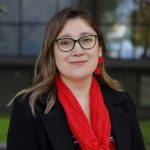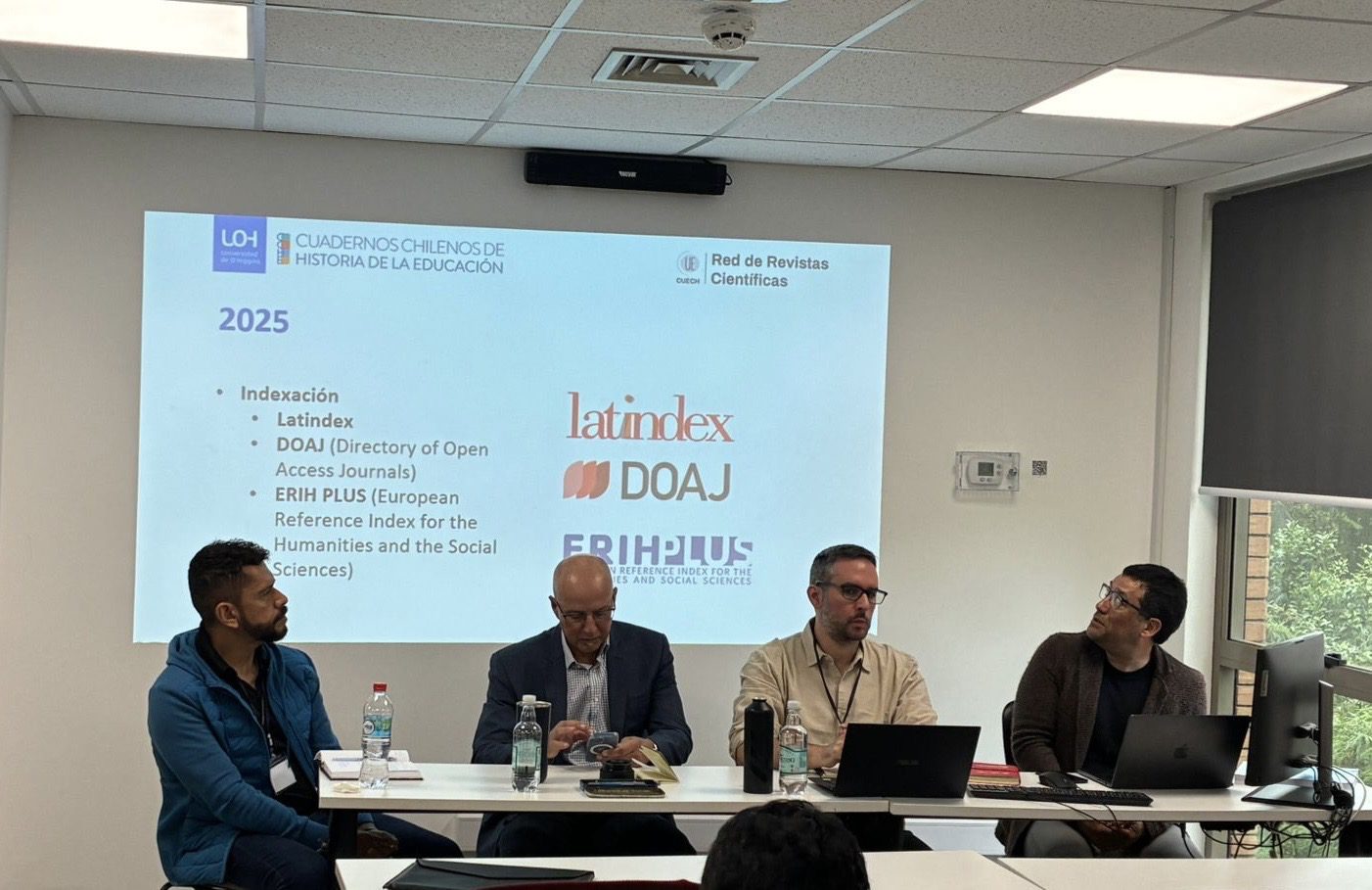El Instituto de Ciencias de la Educación (ICEd) de la Universidad de O’Higgins es un espacio de investigación multidisciplinario dedicado al ámbito de la Educación. La misión del ICEd es contribuir al mejoramiento de la Educación tanto en la Región de O’Higgins como a nivel nacional e internacional, aportando al desarrollo de la calidad de la educación y, en especial, a la solución de problemas de la realidad educativa.
Quienes trabajan en pos de esta misión son investigadores e investigadoras provenientes de áreas diversas como Pedagogía, Lingüística, Literatura, Matemática y Sociología. Los miembros del ICEd cuentan con experiencia en colaboración interdisciplinaria para el desarrollo de investigación educativa, siendo éste un sello distintivo de la investigación que se desarrolla en el Instituto.
























![[Muestra fotográfica] Lo que cuentan las calles](https://www.uoh.cl/instituto-de-ciencias-de-la-educacion/wp-content/uploads/sites/13/2025/12/Expo-01-scaled-600x600.jpg?x75713)
![[Postulaciones] Diplomado en Técnicas de Comunicación en Español como Lengua Extranjera y Lengua Adicional en Contextos Interculturales](https://www.uoh.cl/instituto-de-ciencias-de-la-educacion/wp-content/uploads/sites/13/2025/12/EC-Diplomado-en-comunicacion-01-1-scaled-600x600.jpg?x75713)
![[Conferencia] 1ª Jornada Nacional de Educación Estadística de Chile (JNEDES 1)](https://www.uoh.cl/instituto-de-ciencias-de-la-educacion/wp-content/uploads/sites/13/2025/05/Propuesta-Afiche-JNEDES-2025-FINAL-600x600.jpg?x75713)
![[Inauguración exposición] Lo que cuentan las calles](https://www.uoh.cl/instituto-de-ciencias-de-la-educacion/wp-content/uploads/sites/13/2025/12/Lo-que-cuentan-las-calles-–-feed-scaled-600x600.png?x75713)
![[Actividad VCM + Docencia] Desarrollo de habilidades matemáticas en el aula: relaciones entre la teoría y la práctica](https://www.uoh.cl/instituto-de-ciencias-de-la-educacion/wp-content/uploads/sites/13/2025/11/ICEd-VCM-Doc-01-1-scaled.jpg?x75713)
![[Postulaciones] Diplomado en Políticas Educativas y Metodologías de Investigación para el Mejoramiento Escolar](https://www.uoh.cl/instituto-de-ciencias-de-la-educacion/wp-content/uploads/sites/13/2025/11/EC-Diplomado-en-politica-escolar-01-scaled-600x600.jpg?x75713)